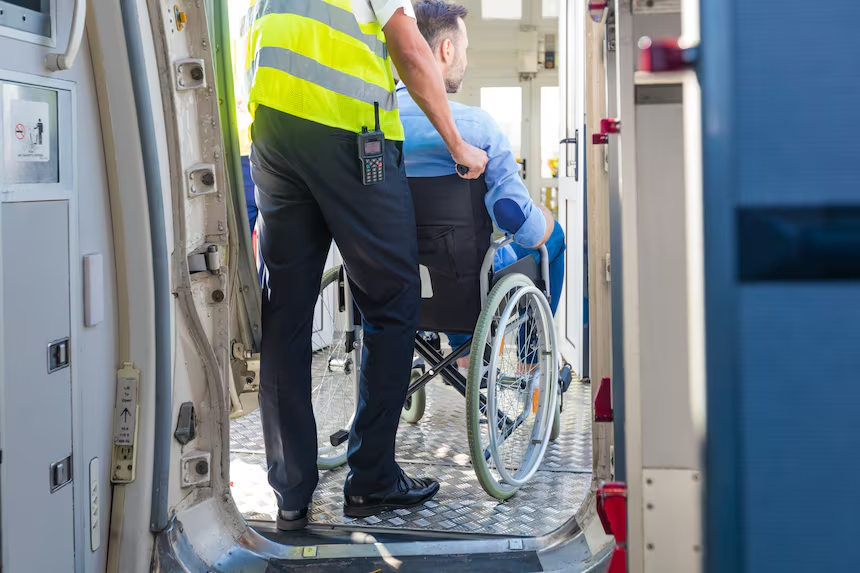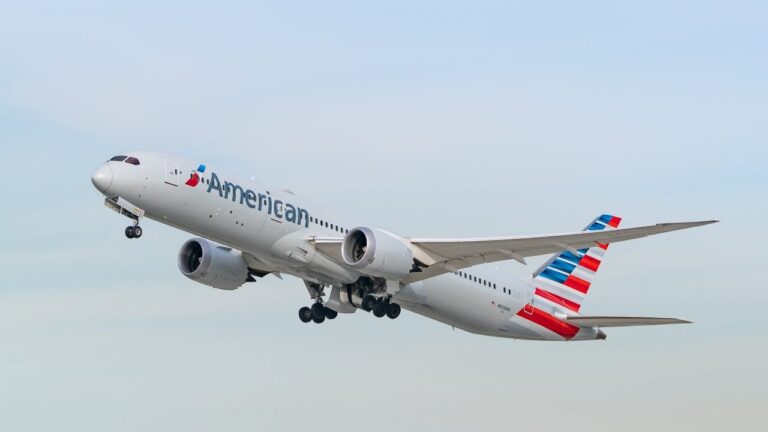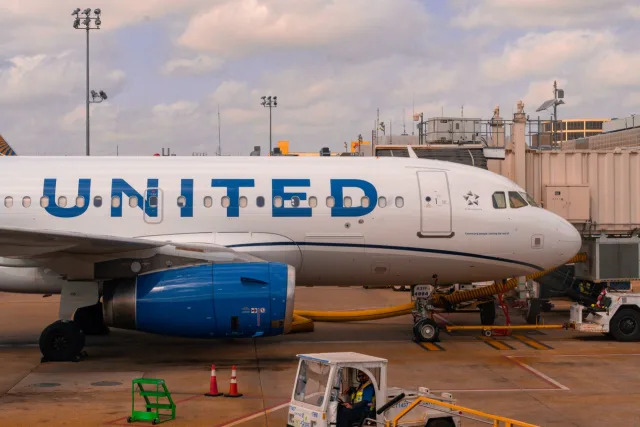American Airlines launches new tag system to handle wheelchairs better
American Airlines announced on Tuesday an automated tagging program for passengers with mobility devices. The streamlined system, the carrier said, should help it better manage passengers’ wheelchairs, scooters, and other indispensable equipmentThe new computer-generated tags, launched last week at airports worldwide, replace the ones written by customer service agents. The new markers resemble checked-bag tags but with a greater wealth of information, such as where to deposit the device upon landing; details about the equipment, including weight, battery type, and any preexisting dings or damage; and an inventory of disassembled parts.
That system, American Airlines said, will eliminate the guesswork of reading an agent’s handwriting and ensure consistency. It will also provide “enhanced visibility” of the equipment, according to a company statement, and allow its staff members to share passengers’ information more easily. Later this year, travelers will be able to save details about their equipment and their service animals in their profiles. The agent then can pull up the information electronically. The airline also is developing a way for passengers to track their equipment throughout their journey, it said.“We’re constantly innovating on our efforts to deliver a more seamless travel experience for all of our customers,” Kim Cisek, the airline’s vice president of customer experience, said in a statement to The Washington Post. “This advancement not only makes travel more convenient for our customers who use wheelchairs and other mobility devices, it also equips our team members to help deliver a world-class customer experience.”
Accessibility advocates applauded the carrier for its commitment to passengers with mobility needs. But they cautioned that the new tagging system was one small step on a long road toward obstacle-free travel.
“It’s certainly more efficient, and it should help prevent wheelchairs from falling through the cracks from a data standpoint,” said John Morris, founder of wheelchairtravel.org. “But I don’t necessarily know if it’ll have a significant impact on the actual passenger experience.”
As a wheelchair user, Morris said, he has faced every imaginable inconvenience. Airlines have forgotten to check his equipment onto his flight. They have not delivered it to the jet bridge in a timely fashion. They have damaged his chair and lost it.
“I don’t necessarily think this solves those issues,” he said.
According to the Transportation Department, U.S. carriers checked 74,894 wheelchairs and scooters in April and mishandled nearly 950 of them, a rate of 1.27 percent. The previous year’s figure was roughly the same.
Joy Burns, the alliances and community coordinator with Wheel the World, which specializes in accessible travel, flies with her husband, who uses a manual wheelchair. Burns said she and members of the Wheel the World Facebook group believe the carriers mishandle their equipment more frequently than the DOT numbers suggest.“The chairs arrive the majority of the time, but they arrive damaged,” Burns said. American Airlines’ new tagging system, she said, “is kind of like putting a Band-Aid on a problem that needs a tourniquet.”
To address such concerns, the DOT proposed a rule in February that would categorize the mishandling of a passenger’s wheelchair as an automatic violation of the Air Carrier Access Act, which prohibits disability-based discrimination in air travel. The rule also calls for yearly training for airline employees who work with disabled passengers or handle their equipment.
American Airlines announced on Tuesday an automated tagging program for passengers with mobility devices. The streamlined system, the carrier said, should help it better manage passengers’ wheelchairs, scooters, and other indispensable equipmentThe new computer-generated tags, launched last week at airports worldwide, replace the ones written by customer service agents. The new markers resemble checked-bag tags but with a greater wealth of information, such as where to deposit the device upon landing; details about the equipment, including weight, battery type, and any preexisting dings or damage; and an inventory of disassembled parts.
That system, American Airlines said, will eliminate the guesswork of reading an agent’s handwriting and ensure consistency. It will also provide “enhanced visibility” of the equipment, according to a company statement, and allow its staff members to share passengers’ information more easily. Later this year, travelers will be able to save details about their equipment and their service animals in their profiles. The agent then can pull up the information electronically. The airline also is developing a way for passengers to track their equipment throughout their journey, it said.“We’re constantly innovating on our efforts to deliver a more seamless travel experience for all of our customers,” Kim Cisek, the airline’s vice president of customer experience, said in a statement to The Washington Post. “This advancement not only makes travel more convenient for our customers who use wheelchairs and other mobility devices, it also equips our team members to help deliver a world-class customer experience.”
Accessibility advocates applauded the carrier for its commitment to passengers with mobility needs. But they cautioned that the new tagging system was one small step on a long road toward obstacle-free travel.
“It’s certainly more efficient, and it should help prevent wheelchairs from falling through the cracks from a data standpoint,” said John Morris, founder of wheelchairtravel.org. “But I don’t necessarily know if it’ll have a significant impact on the actual passenger experience.”
As a wheelchair user, Morris said, he has faced every imaginable inconvenience. Airlines have forgotten to check his equipment onto his flight. They have not delivered it to the jet bridge in a timely fashion. They have damaged his chair and lost it.
“I don’t necessarily think this solves those issues,” he said.
According to the Transportation Department, U.S. carriers checked 74,894 wheelchairs and scooters in April and mishandled nearly 950 of them, a rate of 1.27 percent. The previous year’s figure was roughly the same.
Joy Burns, the alliances and community coordinator with Wheel the World, which specializes in accessible travel, flies with her husband, who uses a manual wheelchair. Burns said she and members of the Wheel the World Facebook group believe the carriers mishandle their equipment more frequently than the DOT numbers suggest.“The chairs arrive the majority of the time, but they arrive damaged,” Burns said. American Airlines’ new tagging system, she said, “is kind of like putting a Band-Aid on a problem that needs a tourniquet.”
To address such concerns, the DOT proposed a rule in February that would categorize the mishandling of a passenger’s wheelchair as an automatic violation of the Air Carrier Access Act, which prohibits disability-based discrimination in air travel. The rule also calls for yearly training for airline employees who work with disabled passengers or handle their equipment.






